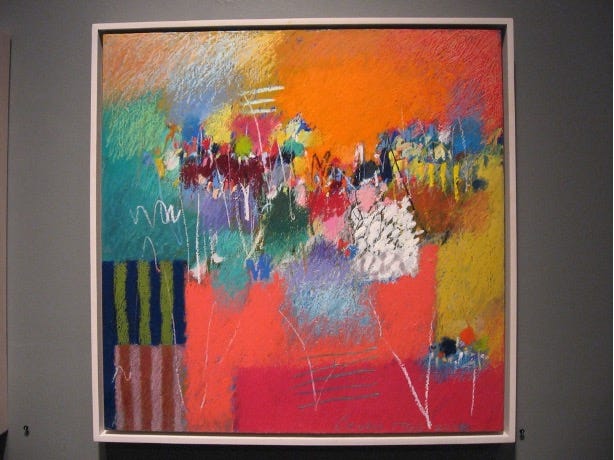With AI, are we losing the courage to fail?
In a world of AI, human imagination still matters
Come to Dance My Joy by Moe Brooker. Photo by Libby Rosof.
Before studying psychology, I had studied fine arts—specializing in painting and drawing. I had the great privilege to be advised by the brilliant painter Moe Brooker, who sadly passed away in 2022. His work was extraordinary, like nothing I had ever seen: large life-size drawings made with paste…
Keep reading with a 7-day free trial
Subscribe to The Future of Attention to keep reading this post and get 7 days of free access to the full post archives.



